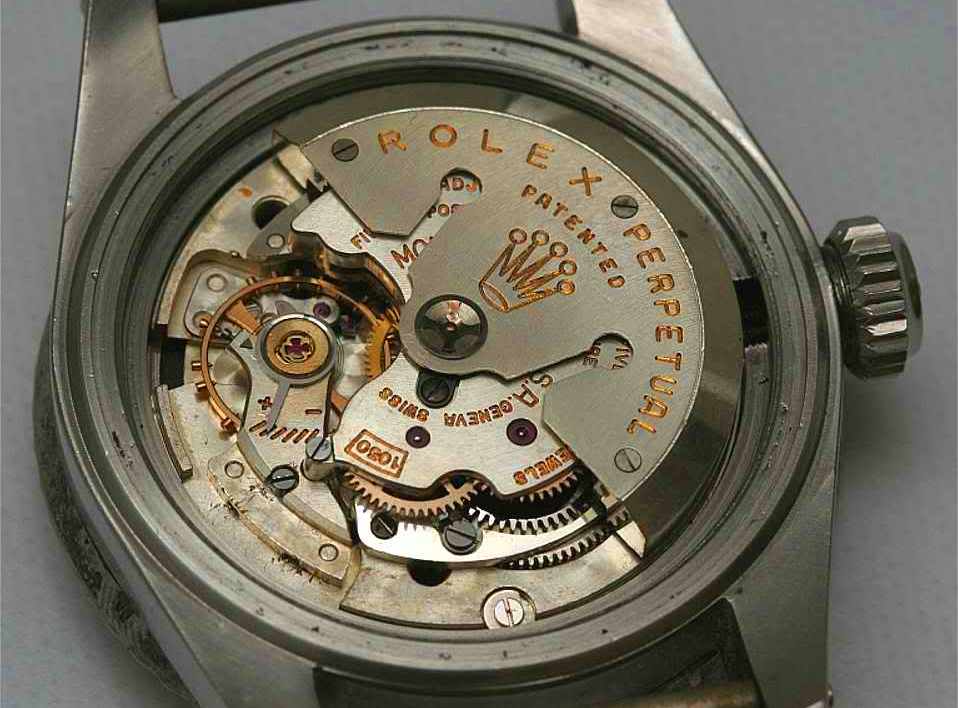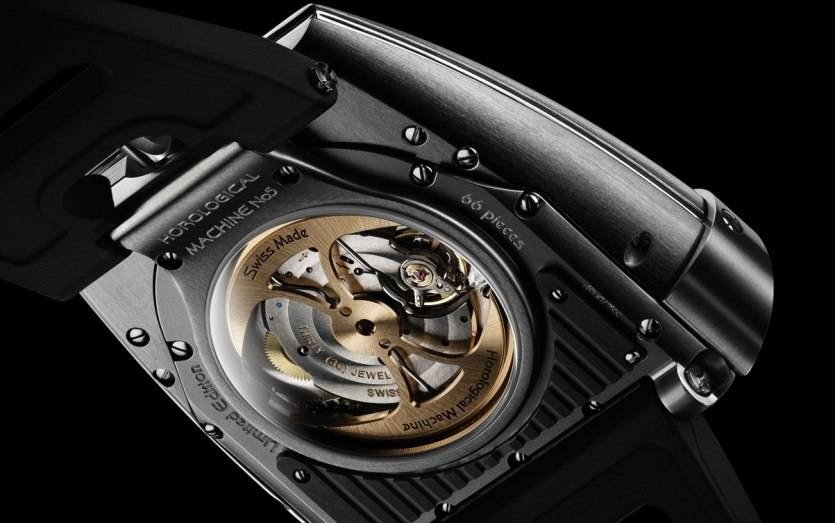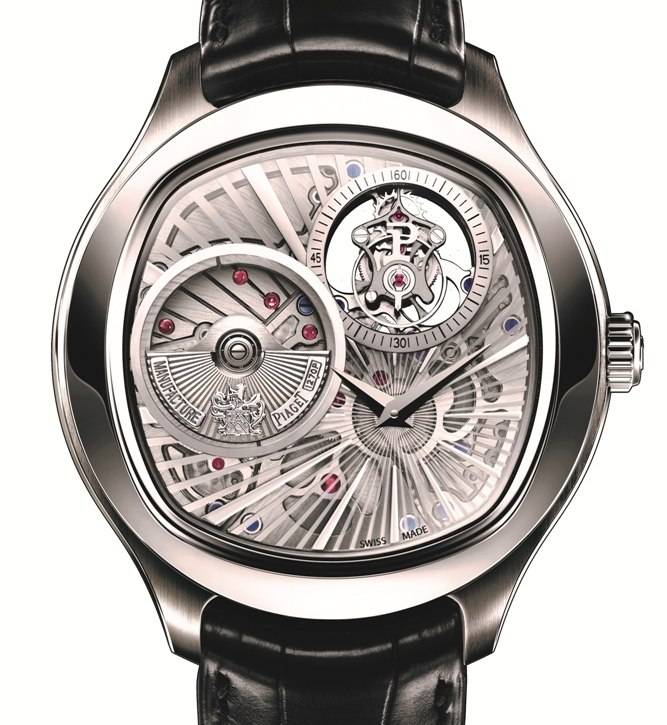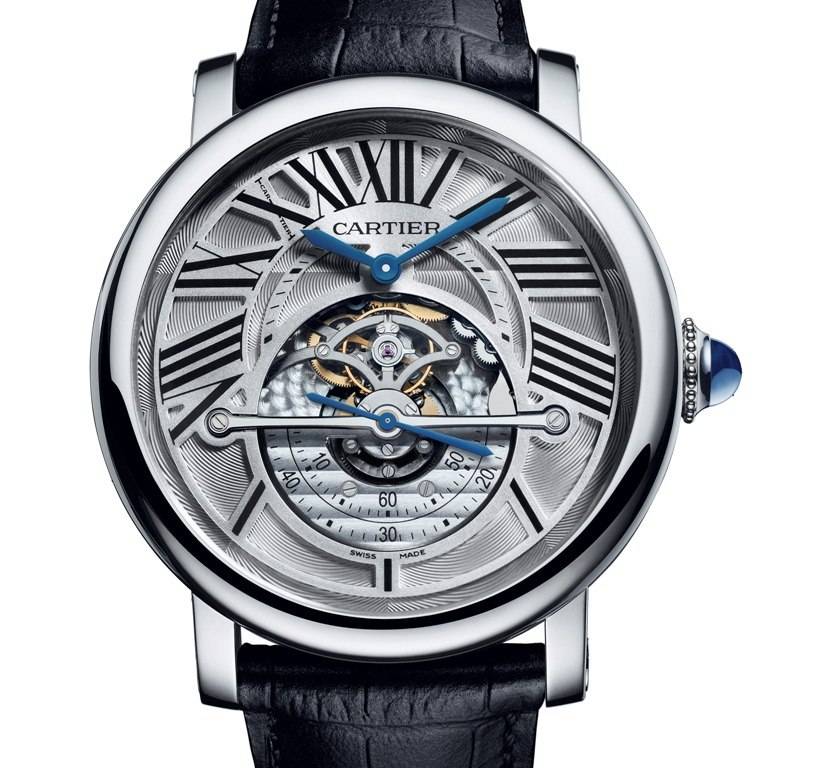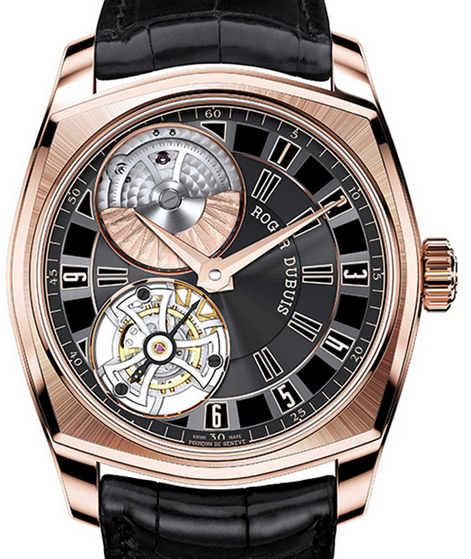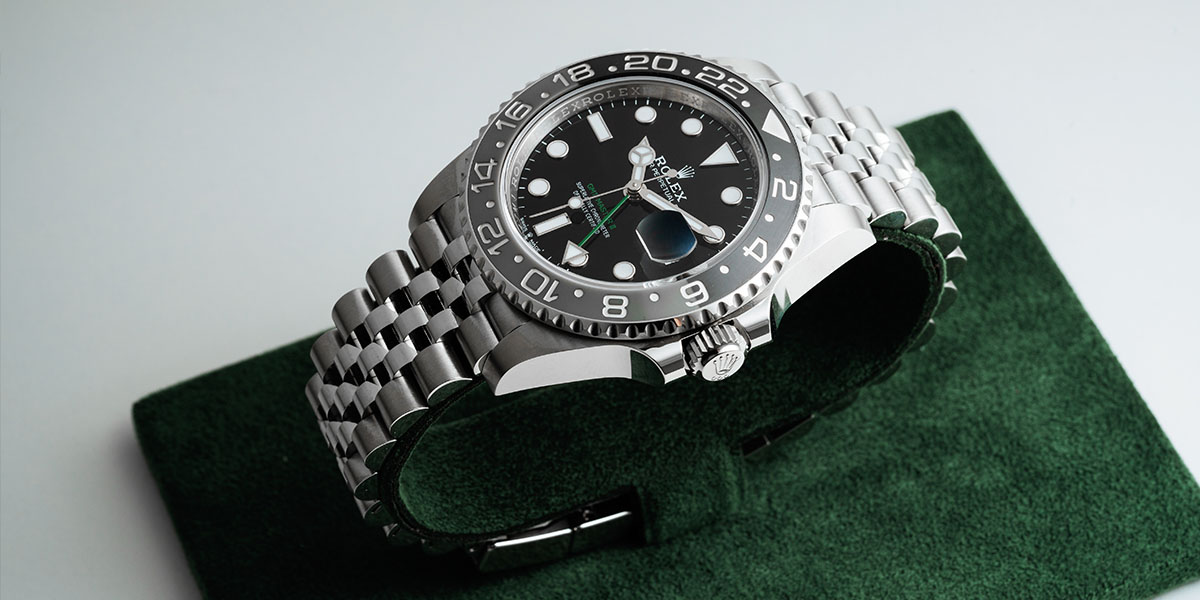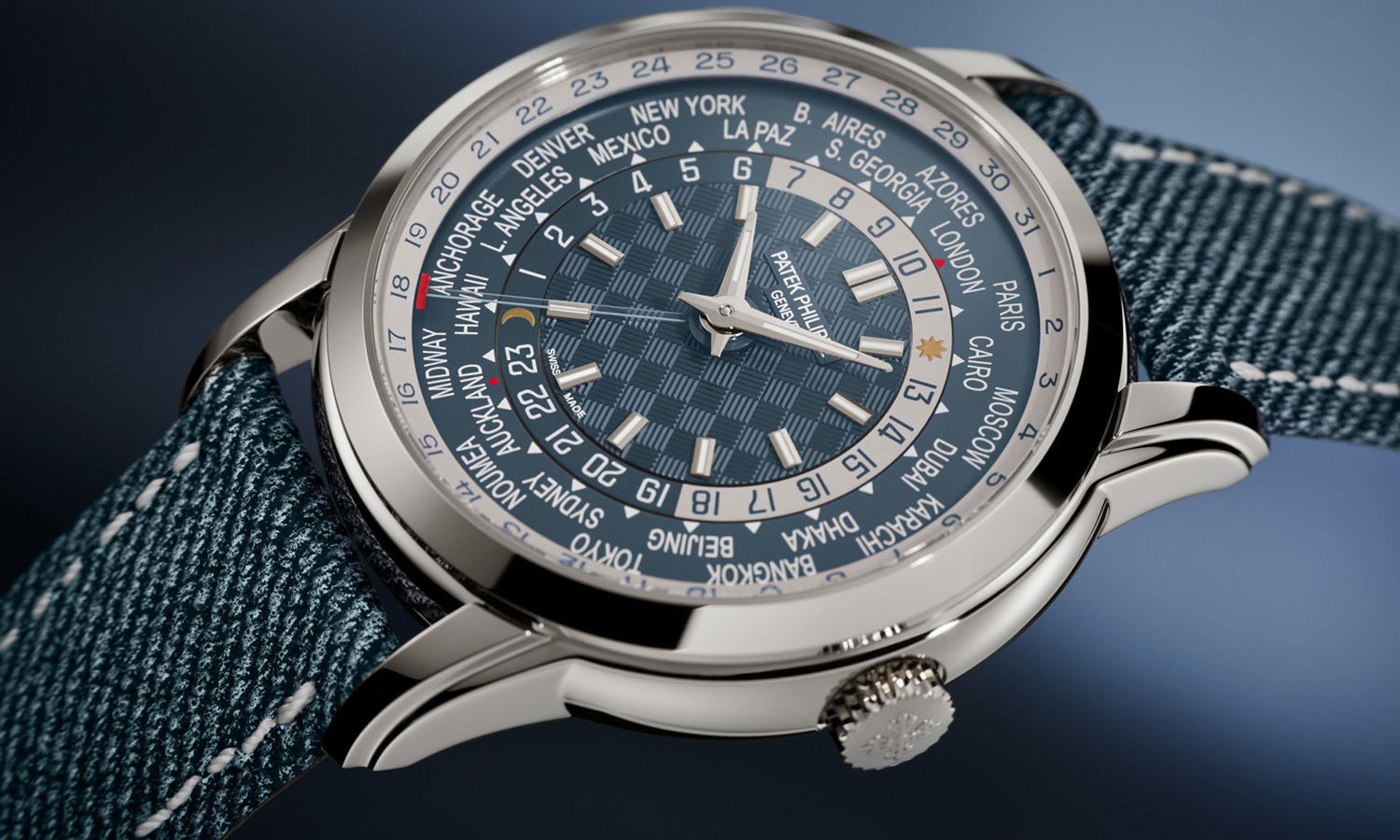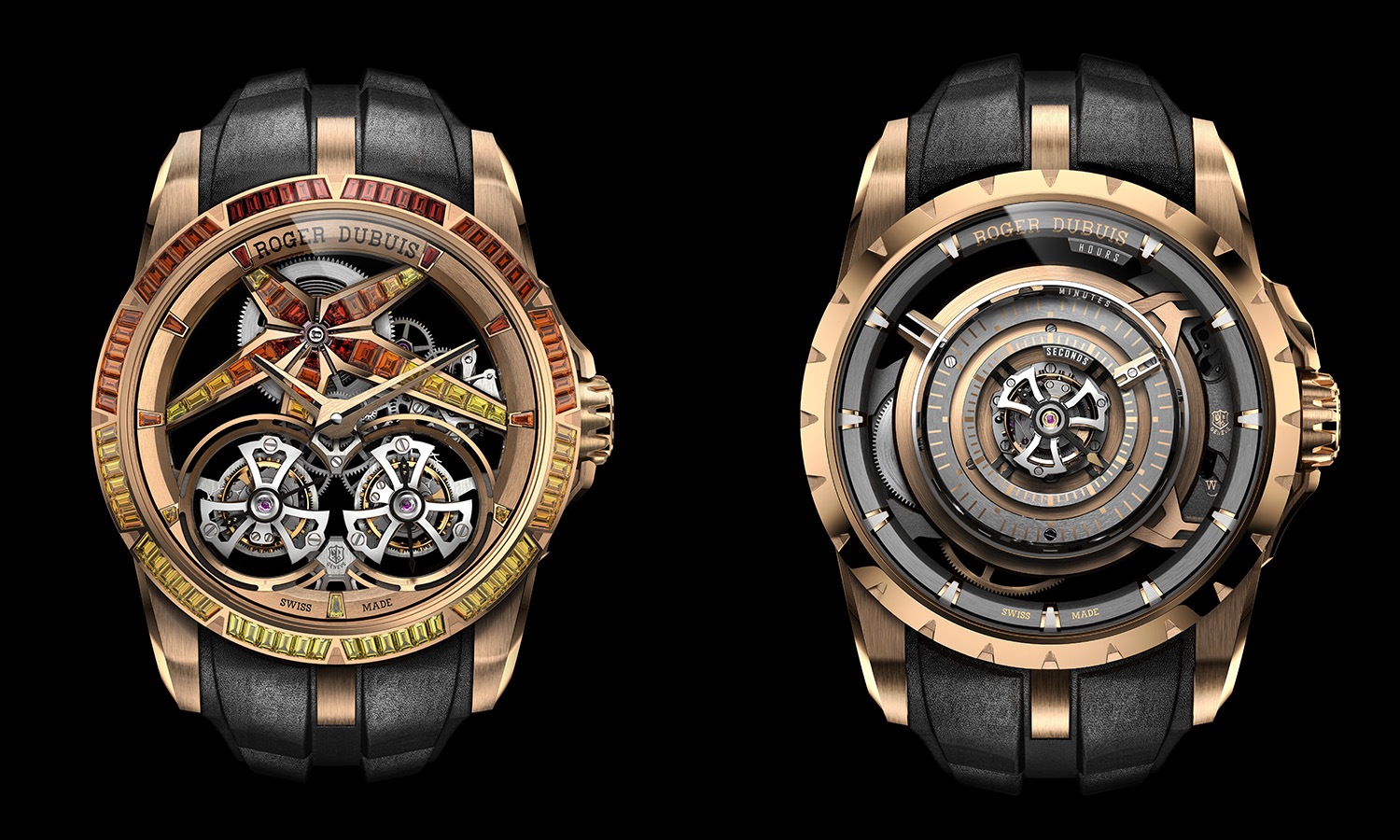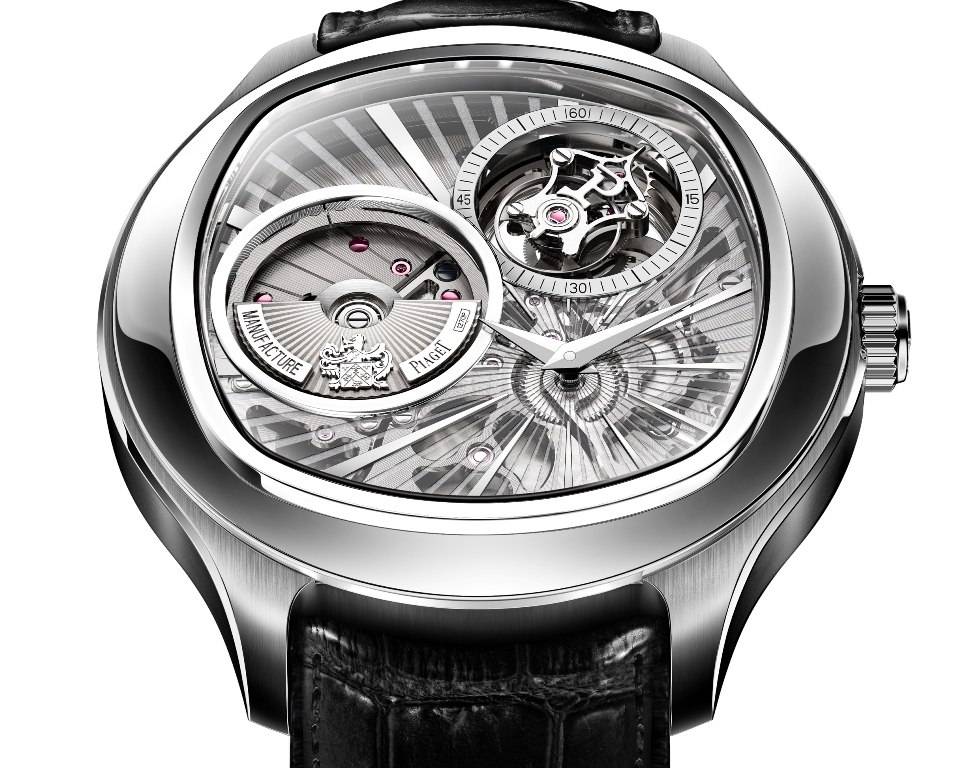
Rotor Dials
Watch collectors enjoy looking at the mechanical movements of watches so much so, that typically, the first thing I do when inspecting a friend’s watch after looking at the dial, is flip it over and take a look at the caseback, where the movement and (if it’s an automatic watch) the rotor may be visible. So why not just put the rotor on the dial and avoid all of this?
Already, complications such as tourbillons are visible on the dial, for no other reason than they are extremely expensive, so you want to show them off. What about that beautiful rotor hidden behind the caseback? Oohs and ahhs can be expected if it has a fine guilloché-worked gold or platinum rotor.
Watch rotors were, originally, purely utilitarian and performed a very simple function — to capture energy from the wearer’s arm motion, for an automatic watch movement. Today, the Rolex Perpetual is the name most associated with automatic watches. You can see below a simple rotor, when you open a caseback of a vintage Rolex.
The rotor is hidden behind a solid metal caseback, to be seen a handful of times in it its life, by the watchmaker and when it’s serviced.
Nowadays, people rarely buy mechanical watches to tell time, after all, your phone has a far more accurate clock. Watches are instead coveted for the tiny mechanical movements that make them work. The more esoteric the better. With the introduction of skeleton dials and sapphire crystal casebacks, the movement is visible and people want to see it and show it off. This has forced watch manufacturers to spend much more time making the movement beautiful, with gold and fancy guilloché-worked and engraved rotors. See below one of my current favorites, the MB&F battle axe rotor in rose gold.
However, a new trend has emerged, Rotor – Dials, where instead of placing it on the back, the rotor is placed directly on the dial, and here are three watches that are at the forefront of this new trend.
Piaget Emperador Coussin Tourbillon Automatic Ultra-Thin
The Piaget Emperador Coussin Tourbillon Automatic Ultra-Thin is a culmination of several of Piaget’s in-house talents, (1) the incorporation of the world’s thinnest handwound tourbillon movement and (2) the world’s thinnest self-winding movement equipped with a micro-rotor, into — the world’s thinnest self-winding tourbillon watch, measuring a mere 10.4 mm.
However, what I find fascinating is that guilloché-worked gold micro-rotor, right at the nine-o’clock. What’s that doing there? In order to incorporate it into the front dial, the hour and minute hands have been offset to the lower right of the dial, and the tourbillon is at the 1 o’clock. The result is, in my opinion, one of the most beautiful dials I have seen. Everything is there, on the dial, for you to see, time, tourbillon and rotor. The cushion-shaped movement is also partially visible through the sappier crystal and fits the cushion-shaped watch case perfectly. Simply stunning. Since everything is on the dial, little is visible on the caseback.The solid case-back features two openings: one for the power-reserve indicator, and the other to provide a view of the tourbillon carriage.
Piaget Emperador Coussin Tourbillon Automatic Ultra-Thin is housed in a cushion-shaped case in 18-carat pink or white gold measuring 46.5 mm.
Rotonde de Cartier Astrorégulateur
Cartier has always had a strong presence in the watch world. That presence has grown ever stronger with the introduction of in-house manufactured movements in 2010. Along with the introduction of its movements, Cartier launched several new models which were groundbreaking. Among these, the Rotonde de Cartier Astrorégulateur was introduced in 2011. This watch features an innovative solution to a problem that has vexed watchmakers since the time of Louis Breguet — how to compensate for the effect of gravity on the accuracy of timekeeping. The most common and most expensive solution is to incorporate a tourbillion into the movement. Cartier, however, designed a different anti-gravity system using the only element that always returns to the same position in the vertical plane — the rotor. In the Astrorégulateur, the escapement, the oscillator and the seconds hand have been positioned on the rotor to maintain the centre of gravity in a single position. You can confirm this by looking at any watch rotor, no matter how you turn it, it always returns to the same position.
It is the placement of this platinum micro-rotor which is of most interest to me. It’s on the dial, right in the center to be precise, with blue steel hour and minute hands offset above the center and a blue steel minute hand integrated into the rotor. The result is attractive and fascinating to play with, in a rather large watch case.
Rotonde de Cartier Astrorégulateur is housed in a round niobium-titanium alloy case measuring a large 50mm and production is limited to 50 pieces.
Roger Dubuis La Monégasque Automatic Flying Tourbillon for “Only Watch 2013”
Roger Dubuis has made a name for itself with its flying tourbillon, quite possible the finest flying tourbillon on the market. For the Only Watch 2013 charity watch auction to be held in Monaco on September 28, 2013, it has created the La Monégasque Automatic Flying Tourbillon which is the first flying tourbillon to be featured in its Monégasque collection. Monégasque means a native of Monaco, so this is a fitting watch for this particular charity auction.
However, what makes this watch truly unique is that gold micro rotor visible on the dial, at the 11 o’clock, and the fact that this is a one of, unique production piece. With a 44mm pink gold case, this watch is more manageable in size than the Cartier or Piaget featured above. Interestingly, it has the hour and minute hands in the center of the dial without offset; with the flying tourbillion at the 7 o’clock (visible in the dial and caseback) and the micro-rotor at the 11 o’clock. Somehow it works and manages to look balanced and uncluttered. The result is simply stunning, and, in my opinion, the most attractive piece of the Monégasque collection.
Will Rotor Dials become a new standard in luxury watches like tourbillions, or a mere passing fad, to be lost when watches go back to a more manageable size? It’s too early to say, however, their beauty is hard to miss, so I personally hope they are here to stay.
 SIGN UP
SIGN UP


